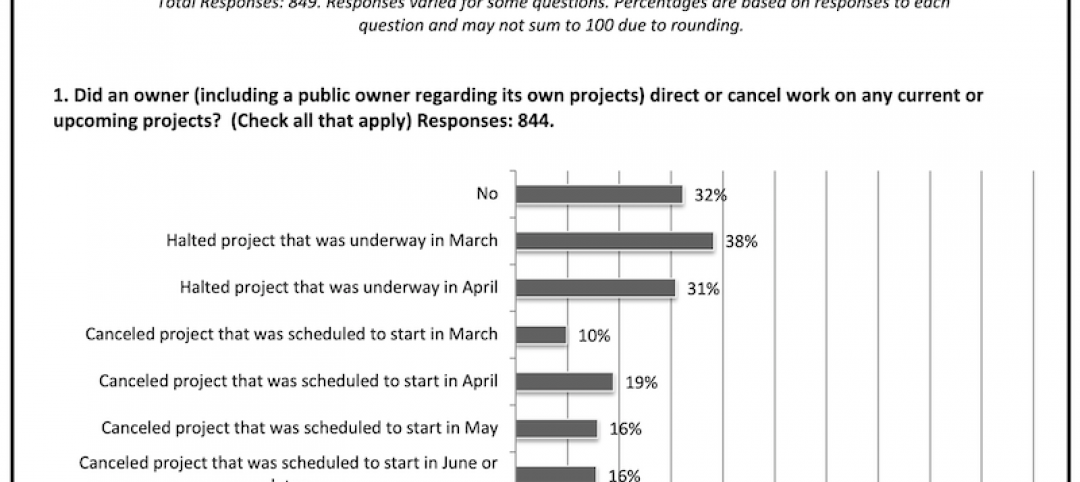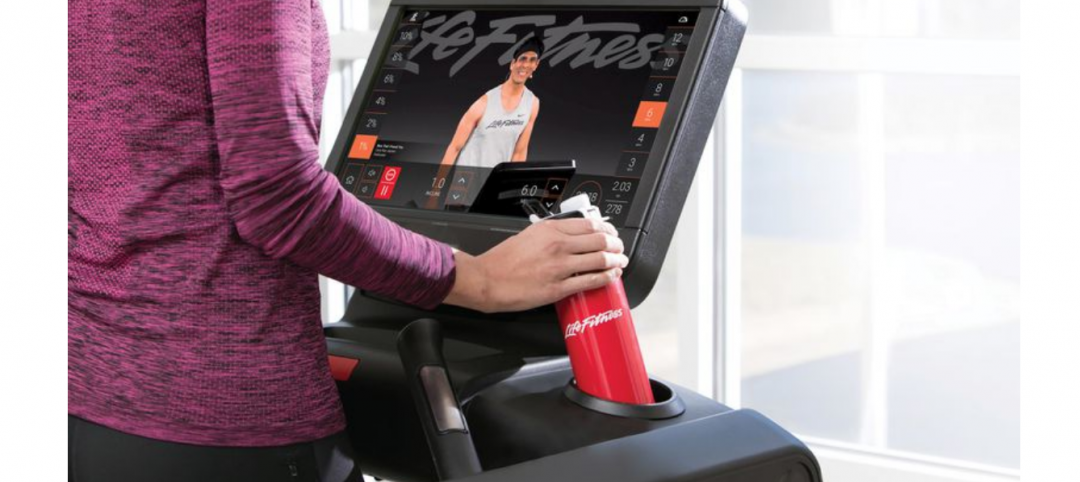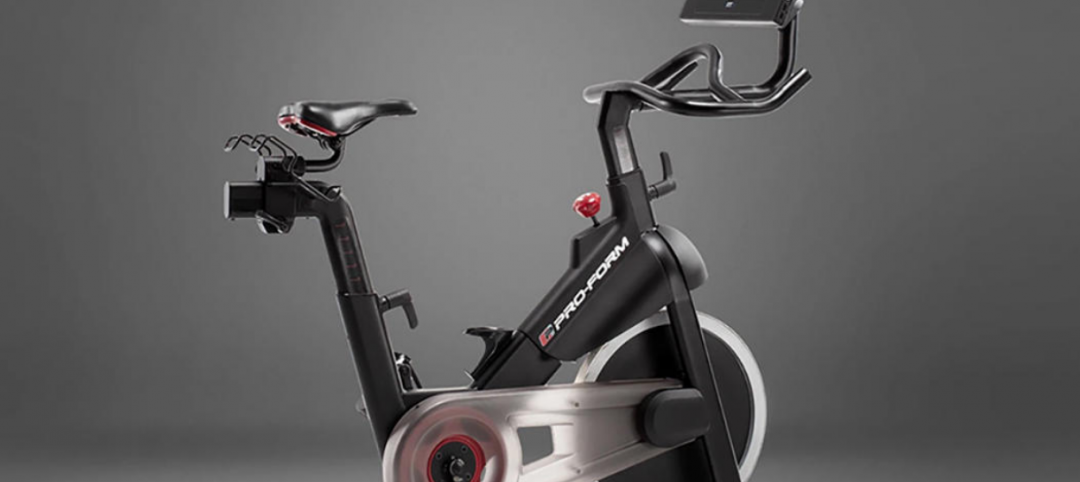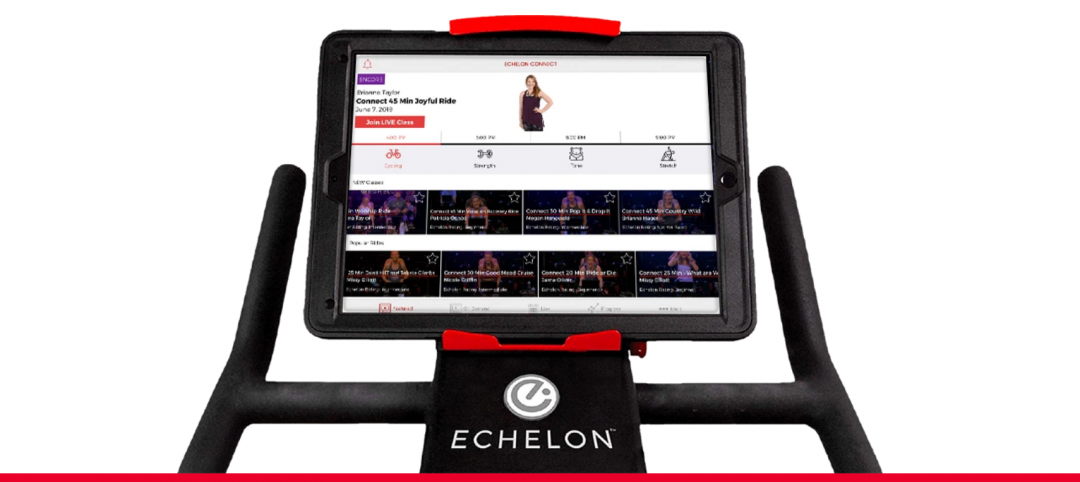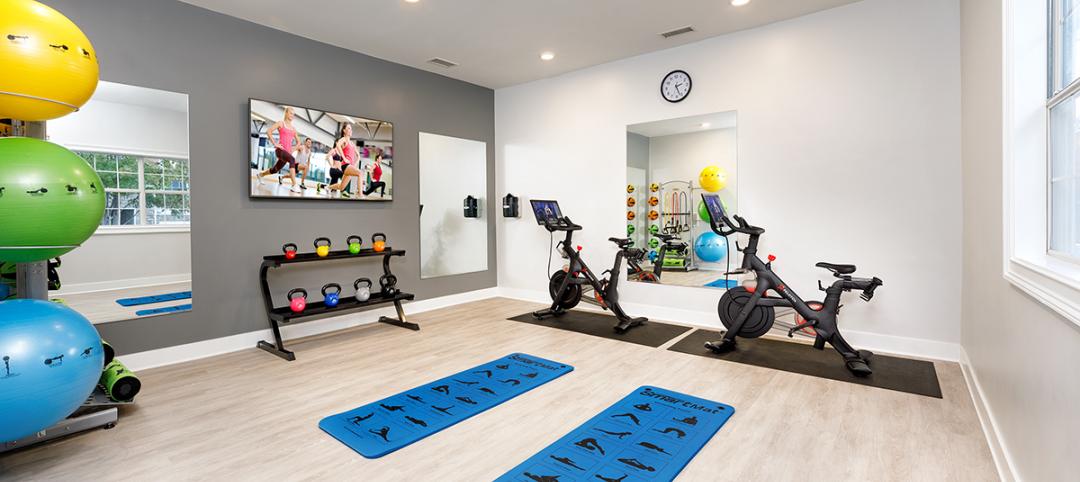It’s been almost two years since 20 first-graders were shot and killed at Sandy Hook Elementary School in Newtown, Conn., but these incidents, both planned and random, keep occurring. The latest took place October 24 in Marysville, Wash., where a high school student killed two students, before killing himself.
In June, a teenage shooter carrying concealed automatic weapons shot and killed a 14-year-old student athlete in an Oregon school.
In January, a 12-year-old boy killed one student with a 20-gauge shotgun and wounded two others in New Mexico. In October 2013, another 12-year-old shot and killed a teacher at Sparks (Nev.) Middle School.
On December 13, 2013, almost exactly a year to the day of the Sandy Hook event, an 18-year-old carrying a shotgun and Molotov cocktails killed a female student at Arapahoe (Colo.) High School before turning the gun on himself.
These are the school shootings that make national headlines. Many nonfatal but frightening incidents barely make the local news. No individual school or school district is immune: “It could never happen here” no longer applies.What, if anything, can architects, engineers, and contractors do to stop the shootings?
We tried to answer that question in our January Special Report, “Can design prevent another Sandy Hook?” (www.BDCnetwork.com/SandyHook). Our answer: Design alone can’t stop the shootings. But good school security planning and design, coupled with the right technology and—very important—training, preparation, and rehearsal, can save lives.
K-12 school design and construction is the third-largest business sector for BD+C readers, after healthcare and higher education. So, let’s take this opportunity to review some of the key findings from our Special Report, in the hope that you will be able to implement them in future school projects.
According to the 17 experts we interviewed, one of the most important things you can do is guard the front door. That sounds basic, but many schools have multiple entry points that literally open the door to trouble.
For new schools, you should design a single public entry that essentially funnels visitors (even parents) into a secure holding room, where they can be checked before being allowed further access to the building. Creating such a space in an existing school can be difficult, but it should not be dismissed out of hand. If there was one recommendation that our experts agreed on, it was to have a single point of entry to the school.
Another point that kept coming up was the “back door problem.” The classic case is the teacher who shoves a stick in the door nearest the parking lot so he can get to and from his car without having to go to the front entrance. All doors need to be alarmed so that they can’t be easily accessed by an intruder. That’s one place to spend money, the experts told us.
As for technology, it, too, requires careful planning, since it can be expensive—although even the most advanced PTZ (point, tilt, zoom) cameras are becoming fairly affordable. For new schools or retrofits, you should look into so-called “IP-based” systems, which are the new standard in this area.
Just don’t assume that throwing money at technology will solve your school security problem. Careful planning and design come first.
More from Author
Rob Cassidy | Mar 30, 2020
Your turn: Has COVID-19 spelled the death knell for open-plan offices?
COVID-19 has designers worrying if open-plan offices are safe for workers.
Rob Cassidy | Mar 25, 2020
Coronavirus pandemic's impact on U.S. construction, notably the multifamily sector - 04-30-20 update
Coronavirus pandemic's impact on U.S. construction, notably the multifamily sector - 04-30-20 update
Rob Cassidy | Nov 20, 2019
Word of the Year: "climate emergency," says the Oxford English Dictionary
The Oxford Word of the Year 2019 is climate emergency.
Rob Cassidy | Nov 8, 2019
The Peloton Wars, Part III - More alternatives for apartment building owners
ProForm Studio Bike Pro review.
Rob Cassidy | Nov 1, 2019
Do car-free downtown zones work? Oslo, yes; Chicago, no
Two recent reports (October 2019) explore whether car-free downtowns really work, based on experience in Oslo, Norway, and Chicago.
Rob Cassidy | Oct 9, 2019
Multifamily developers vs. Peloton: Round 2... Fight!
Readers and experts offer alternatives to Peloton bicycles for their apartment and condo projects.
Rob Cassidy | Sep 4, 2019
Peloton to multifamily communities: Drop dead
Peloton will no longer sell its bikes to apartment communities.



